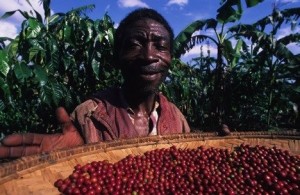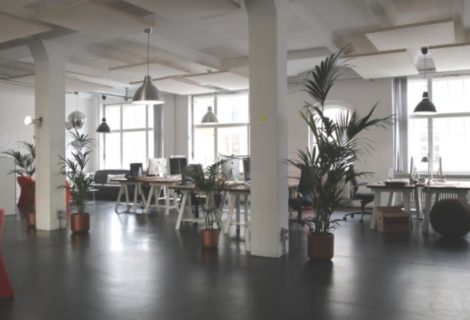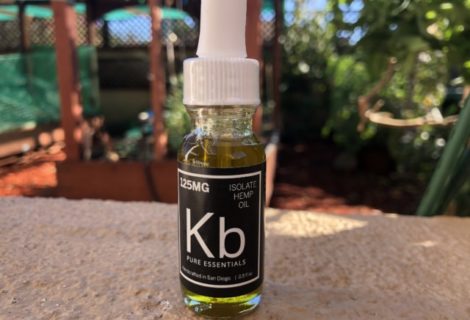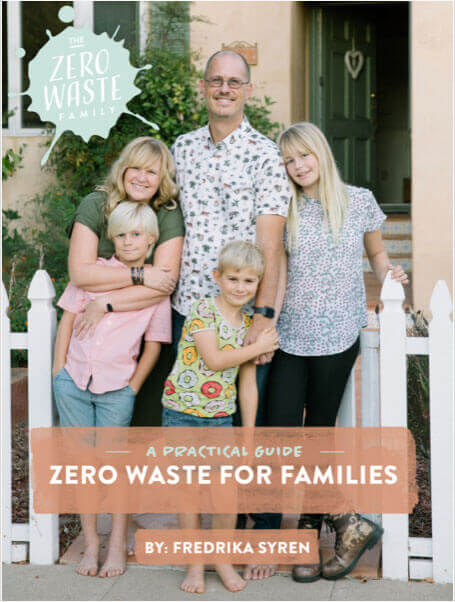By Kim Robson
Many people are surprised to learn that, as a world commodity, coffee is second only to oil. Over 100 million Americans drink coffee on a daily basis and spend $18 billion a year on the drink. Grown in more than 70 countries, coffee comes from three main growing areas: Africa, Indonesia, and the Americas. Unfortunately, many of the countries where coffee is grown lack government regulations or labor standards. Too many coffee farmers suffer from crushing poverty, making them vulnerable to predatory agricultural trading practices. In short, the people who work the hardest to cultivate our daily fix are paid the least for their crops and endure a miserable quality of life. A series of middlemen subsequently jack up the price at every step along the way, from the tree to your cup.
Luckily, there is something we can do to mitigate this situation. The term “Fair Trade” means a commodity (like coffee) comes only from growers who have been certified as providing healthier working conditions and better compensation for farmers. This usually means paying a bit more for that commodity. Fair trade coffee costs approximately 50 percent more than standard coffee.
Although the Fair Trade movement began as a response to poverty resulting from World War II, certification and labeling did not exist until 1982. Buying products bearing the Fair Trade Certificationlabel allows farm workers to escape poverty, thereby obtaining the skills and means to compete in the global agricultural market. Fairtrade International sets Fair Trade standards; inspects and certifies growers; and ensures that strict social, environmental, and economic incentives are linked to the production and trade of commodities like coffee. Fair Trade farmers receive approximately $2.35 per pound of raw green coffee beans, as opposed to the world market average of just 80 cents. Farmers receive the maximum trading floor price plus additional premiums for certified organic products. Prices aren’t the only standards considered:
 · Fair Labor Conditions – Freedom of association, safe working conditions, above average pay, and child labor is prohibited.
· Fair Labor Conditions – Freedom of association, safe working conditions, above average pay, and child labor is prohibited.
Direct Trading – Eliminates middlemen, allows farmers to compete in the global market.
Democracy and Transparency – Farm workers, not bankers, decide how to invest Fair Trade revenue.
Community Enhancement – Profits are invested in social and business development projects, scholarship programs, healthcare services, and quality of life improvement training.
That’s not all. Fair Trade benefits the environment by rewarding and encouraging sustainable farming and production practices. Farmers also are urged to strive toward organic certification. Fair Trade coffee growers must protect the surrounding environment, particularly areas of natural water, virgin forest, and wildlife corridors, and mitigate erosion and waste problems.
develop, implement, and monitor a detailed operations plan regarding their farming and techniques, showing a balance between environmental protection and profits.
follow national and international standards for the handling of approved chemicals, and not knowingly use products which include genetically modified organisms (GMO) if they are non-organic farmers.
determine and monitor the operation’s effect on the environment, and maintain a plan for lessening that impact.
Fair Trade is catching on like wildfire. Many vendors, including Starbucks, Wal-Mart, Sam’s Club, Dunkin’ Donuts, and McDonald’s, as well as innumerable independent cafes, offer Fair Trade certified coffee. All espresso drinks served at every Dunkin’ Donuts locations are Fair Trade certified, and all coffee sold at McDonald’s in England is certified. (Why not here?) Starbucks is one of the world’s largest purchasers of Fair Trade certified coffee.Many religious groups and churches promote the Fair Trade movement. It makes perfect sense: advocating Fair Trade practices emulates Christ by doing good works for the less fortunate and for the environment. It’s about being a good Christian and taking responsibility for your actions.
Over the past decade, interest in and demand for Fair Trade coffee has grown by leaps and bounds. In addition to word-of-mouth marketing, small businesses like Just Coffee Cooperative, Higher Grounds, and Cafe Campesino are forming tour groups to visit coffee-producing countries like Guatemala andMexico. Customers will then get to see firsthand what coffee farming is like and what Fair Trade entails.
Ready to make the switch to Fair Trade coffee? In addition to being available at the stores mentioned above, you can also shop more selectively online by visiting Grounds For Change or Fair Trade USA.









